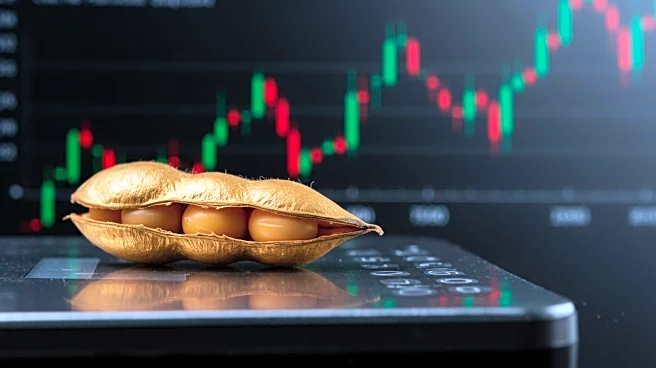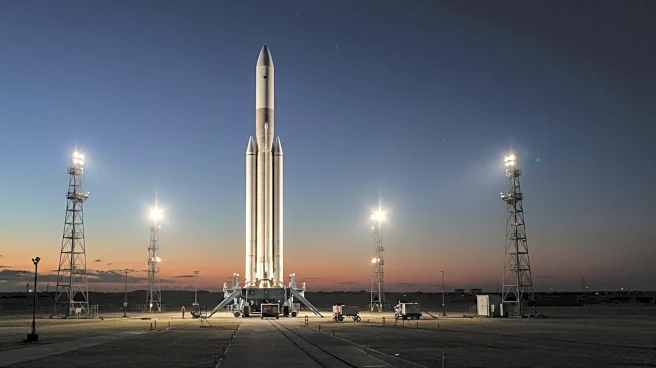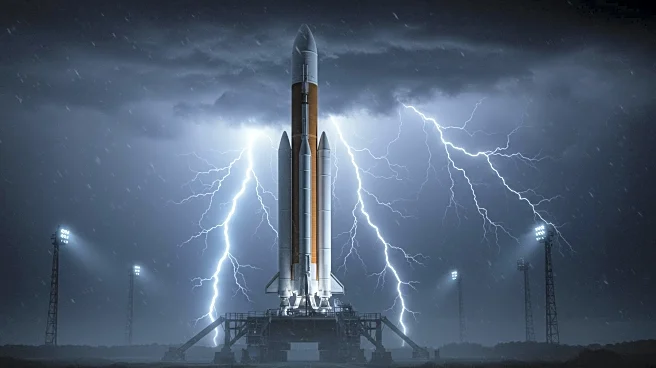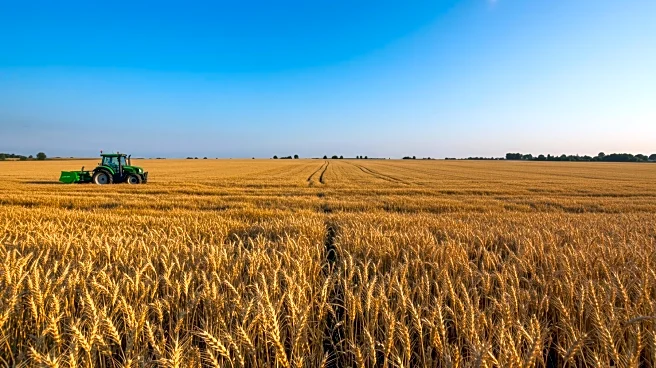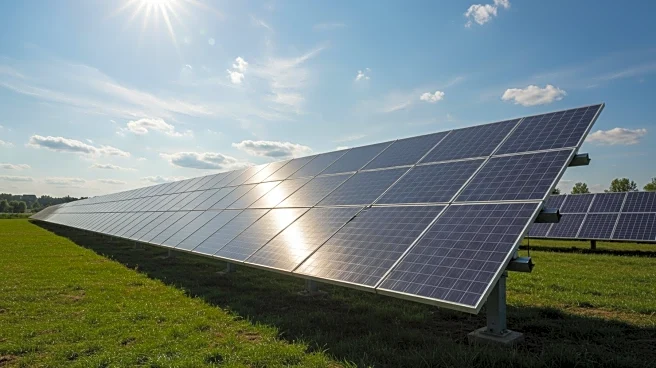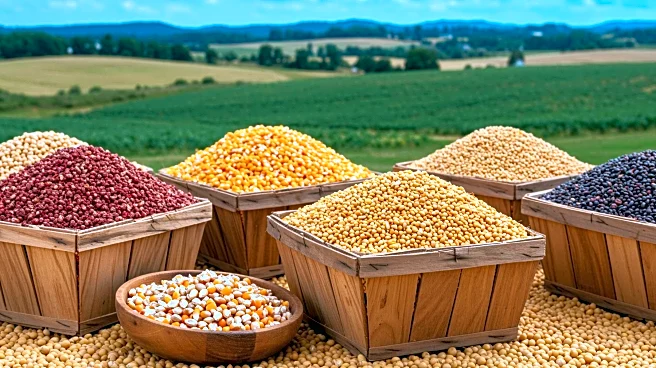What is the story about?
What's Happening?
The USDA has announced a significant investment in a new facility in Texas aimed at producing sterile flies to combat the New World Screwworm, a pest threatening American agriculture. This move comes as China, the largest purchaser of U.S. soybeans, has not made any purchases from this fall's crop, raising concerns among U.S. soybean growers. The USDA's investment is part of broader efforts to protect the U.S. cattle industry, which has been affected by the suspension of Mexican cattle imports due to the pest. The USDA has also announced cuts to subsidies for solar power projects on farmland, aligning with a broader effort to curb clean energy development.
Why It's Important?
The USDA's actions highlight the ongoing challenges in U.S. agriculture, including pest control and trade tensions. The lack of soybean purchases by China could have significant financial implications for U.S. farmers, who are already facing increased costs and lower prices. The investment in screwworm defense is crucial for protecting the cattle industry, which is experiencing rising beef prices due to low cattle inventories. The USDA's decision to cut solar subsidies reflects a shift in policy that could impact the development of renewable energy projects on farmland.
What's Next?
The USDA's quarterly agricultural trade outlook, expected next week, will provide further insights into the trade landscape and potential impacts on U.S. agriculture. Stakeholders will be watching for any developments in trade negotiations with China, as well as the effectiveness of the new screwworm facility in Texas. The USDA's policy changes regarding solar projects may also prompt reactions from the renewable energy sector and environmental groups.
AI Generated Content
Do you find this article useful?


